Bed Stuy's Dangler Mansion Razed in Hours. Now a Stop Work Order Has Been Issued (Video)
There were tears on Willoughby Avenue Thursday night as a crowd gathered to watch the demolition of Bed Stuy’s beloved Jacob Dangler Mansion.

The Dangler mansion was demolished
There were tears on Willoughby Avenue Thursday night as a crowd gathered to watch the demolition of Bed Stuy’s beloved Jacob Dangler mansion.
“I’m sad, I’m hurt,” longtime Willoughby Avenue resident Michael Williams told Brownstoner. Williams wasn’t alone; others described the day as gut wrenching, demoralizing, deflating — and many were angry. A man who cycled past the site as demolition was happening said he thought the building had been saved. “I work for the city, so this is painful,” he said as he paused to take in what was happening.
The French Gothic Revival building had anchored the corner of Willoughby and Nostrand avenues for more than 120 years, but came crumbling down into a tangled pile of rubble in only a few hours. The developers appeared not to have salvaged any of the historic structure.
The sound of cheers from the demo crew as the last of the building hit the ground was grating for residents who had fought for months to save the building. Just a week ago, it looked likely they’d be successful.
The Landmarks Preservation Commission agreed on June 7 to look into designating the 1890s house, and on July 12 LPC held a public hearing at which locals, politicians and even actor Edward Norton voiced their support for landmarking.
“Please recognize 441 Willoughby as not only a visual and architectural gem and landmark, but as an anchor that also preserves the history and relationships of a community,” lifelong neighbor Paula Lee Poy, whose family has called the block home for five generations, implored the commission at the hearing.
Developer Tomer Erlich, who has struck a deal to buy the site at 441 Willoughby Avenue, had filed an application for a demolition permit earlier this year. However, a demo permit had not been issued by the time LPC on June 7 decided to calendar the building. The LPC’s move to calendar meant the Department of Buildings could not act on the permit application for 40 days while LPC considered whether or not to designate the structure an individual landmark.
However, after that 40-day window, DOB spokesperson Andrew Rudansky previously told Brownstoner, DOB is required to make a determination on the permit application based on compliance with city code and zoning regulations.
LPC failed to take a vote on designation within the 40 days, which was up on July 17. The demolition permit was issued July 19. When Brownstoner asked LPC why it didn’t vote within 40 days, LPC referred Brownstoner to City Hall, which did not answer that specific question.
The failure to landmark may have been an error, according to New York City Council Member Chi Ossé, who told Brownstoner the LPC told him they delayed the vote for an additional week in good faith because the owner of 441 Willoughby (a Masonic organization with a $2.3 million lien on the property) had asked them to.
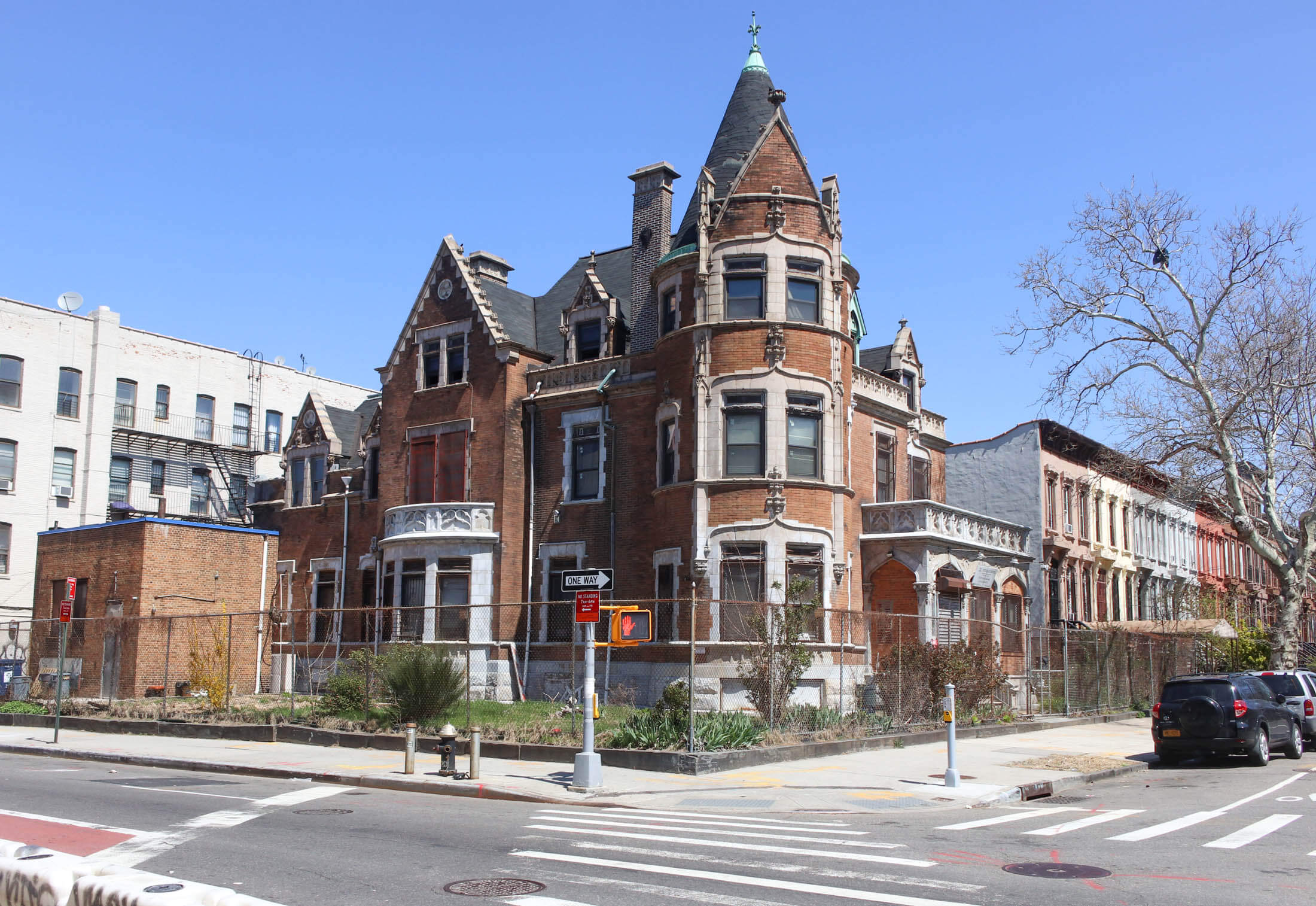
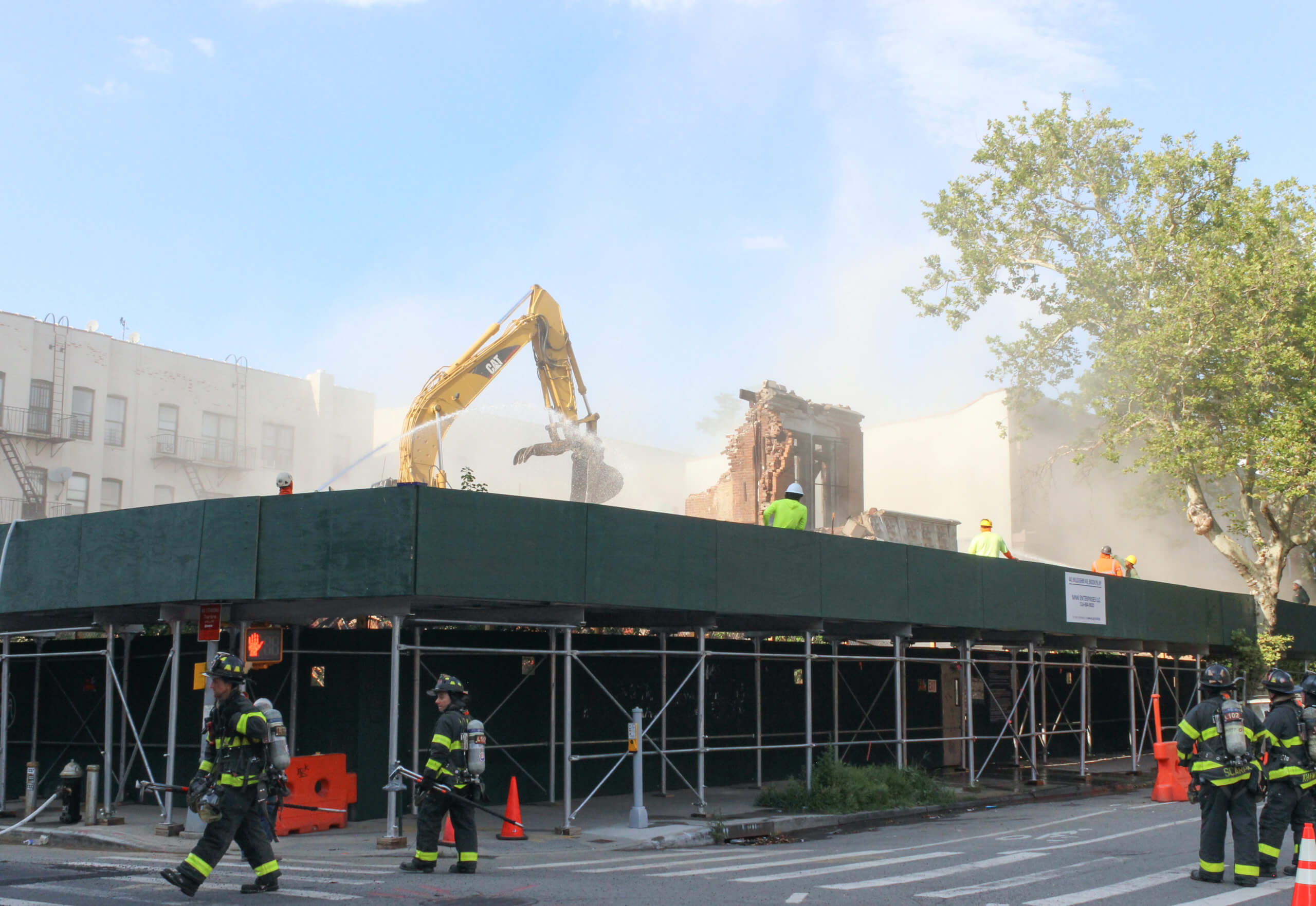
A mayor’s office spokesperson sent Brownstoner the following statement: “As the Landmarks Preservation Commission considered this building for potential designation as a landmark, the developer was able to legally obtain demolition permits. We will continue listening to and working with the community to help address any concerns about the future of this site.”
Whatever the reason for the delay, it came at the price of the historic building. Erlich said earlier this month he was demolishing it to make way for a 44-unit, seven-story apartment building.
Williams lamented the effects the demolition and new development would have on locals. “441 was a building where we had our gatherings, community board meetings, repasts, weddings. Basically this is something we needed in our community that we don’t have anymore, so now we have to source out different places to have our gatherings.”
Williams added that now he thought the block would be subject to rats, air pollution, dumpsters, traffic and a lack of care or respect for the local environment, and even locals themselves. “For now we just have to pray that everything is going to work for us on this block. I love Willoughby Avenue and I would like to stay on this block.”
Erlich has previously said he wants to work with local residents to develop a community space at the site. At a recent meeting, he said that space would be at least 1,000 square feet. On Thursday, he clarified to Brownstoner it could be up to 5,000 square feet. However, after Thursday’s dramatic events, a number of locals made it clear they weren’t interested in working with the development team.
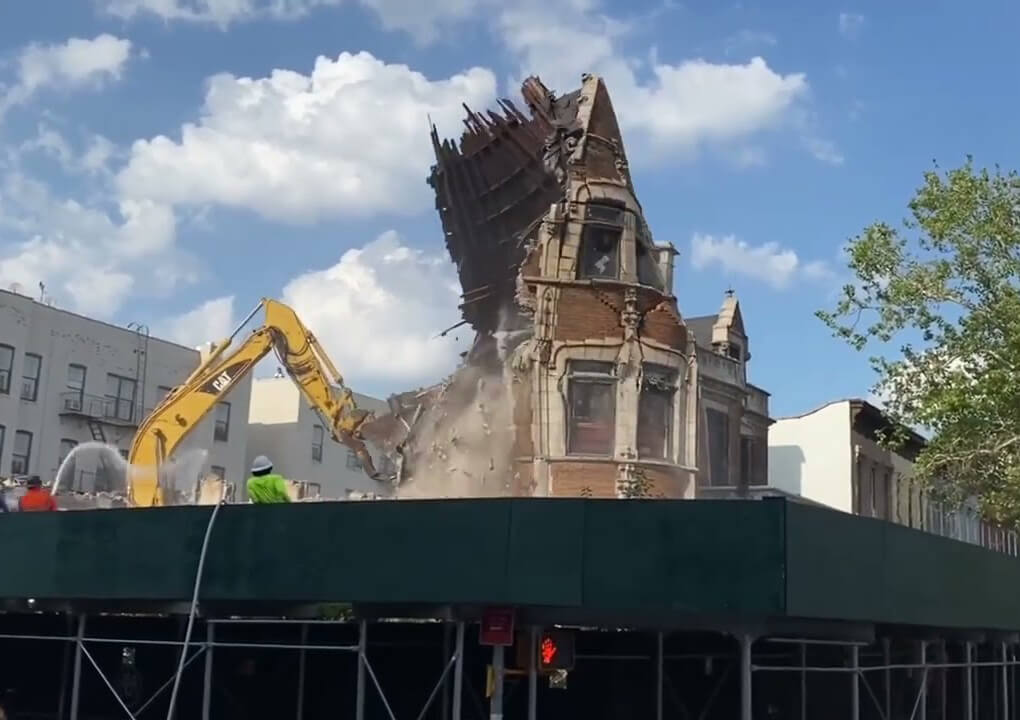

Later in the evening, once the demo crew and developers had gone home and most of the local crowd had dispersed, a DOB inspector returned to the site. He had visited earlier in the day, before any major demo had begun, and said there were no violations worthy of a work stoppage, and he allowed the crew to continue.
This time, however, when there were only piles of bricks, twisted metal and concrete to inspect, he did see violations had occurred in the demolition process and issued a stop work order.
The stop work order was given because workers used an excavator to knock down the building but lacked the special mechanical equipment permit required to use it for more than just removing debris from the site, city officials told Brownstoner. Excessive debris and safety violations were also found.
Demolishing the building by hand would have taken much longer. To resume work, the contractor must get a permit for the excavator or remove it, then pass another inspection, officials added.
The Jacob Dangler mansion was commissioned in 1897 by German immigrant and prominent local meat purveyor Jacob Dangler and designed by Brooklyn’s most prolific German American architect at the time, Theobald Engelhardt. The Dangler family owned the house until 1967, when it was sold to a Masonic chapter. The deed was transferred to the United Grand Chapter Order of the Eastern Star (OES) for $40,000 in 2003.
It is now likely that Erlich will finalize the sale with the organization and take over ownership of the site. New York Attorney General Letitia James, who represented parts of Bed Stuy when she was on the City Council, must approve the sale before it can go through.
[Photos by Anna Bradley-Smith unless noted otherwise]
Related Stories
- Bed Stuy’s Beloved Dangler Mansion Is Gone (Video)
- Workers Tear Into Bed Stuy’s Beloved Dangler Mansion After Landmarks Fails to Act (Updated)
- Locals, Pols Overwhelmingly Support Landmarking Bed Stuy’s Dangler Mansion at LPC Hearing
Email tips@brownstoner.com with further comments, questions or tips. Follow Brownstoner on Twitter and Instagram, and like us on Facebook.


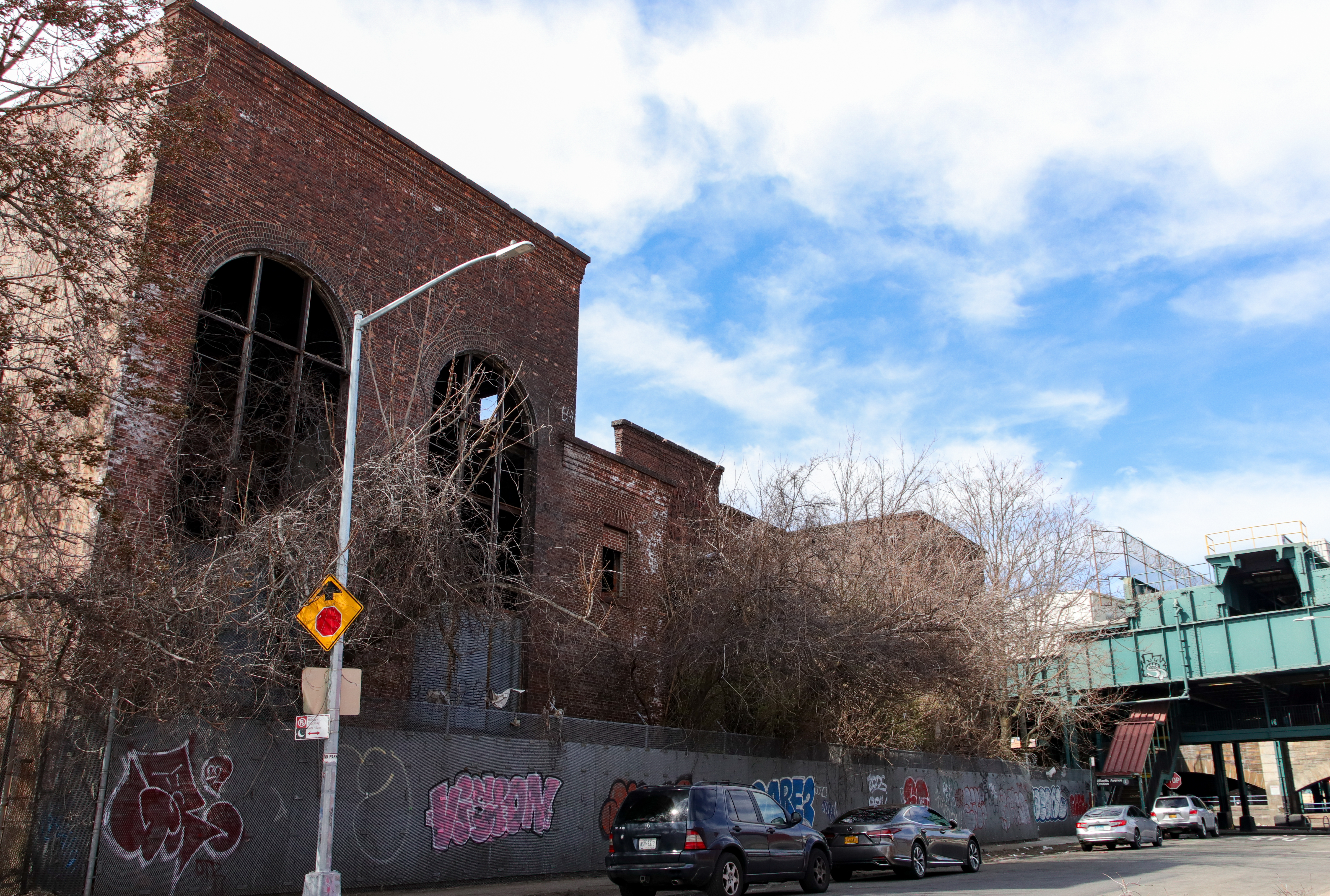
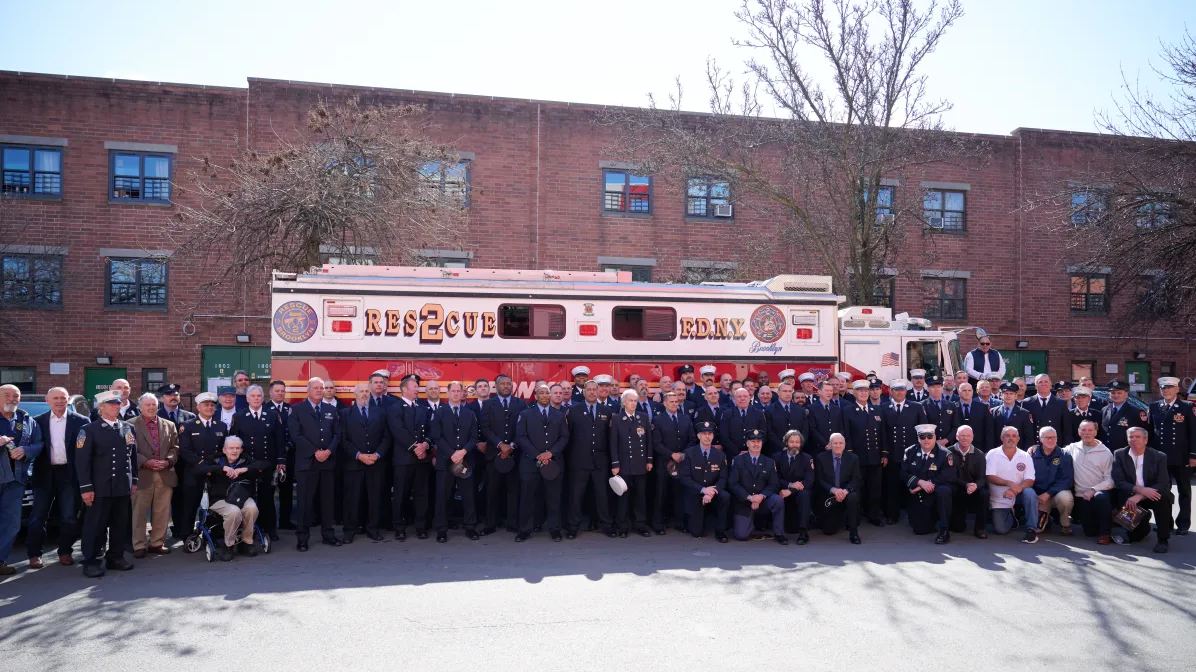
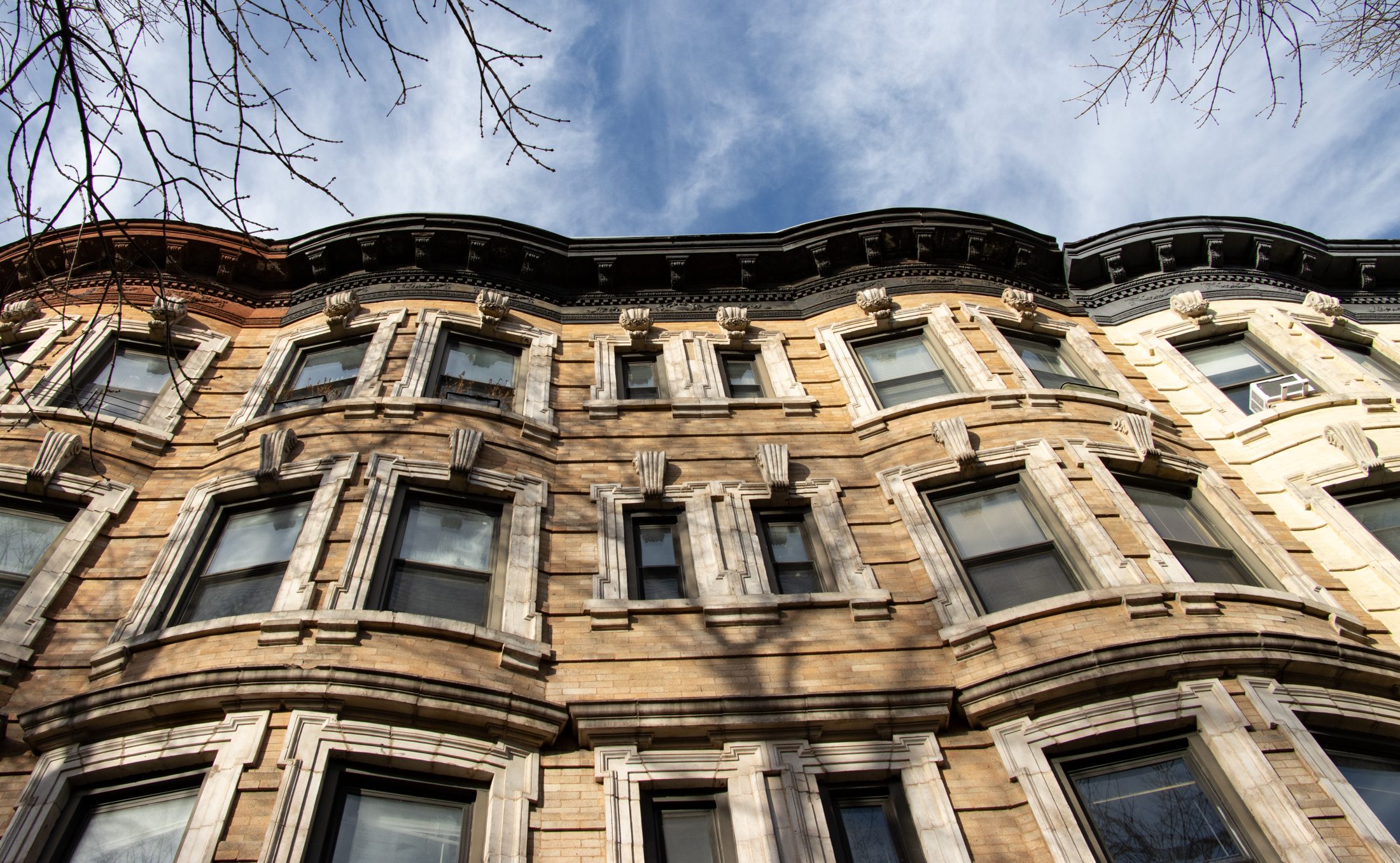




What's Your Take? Leave a Comment